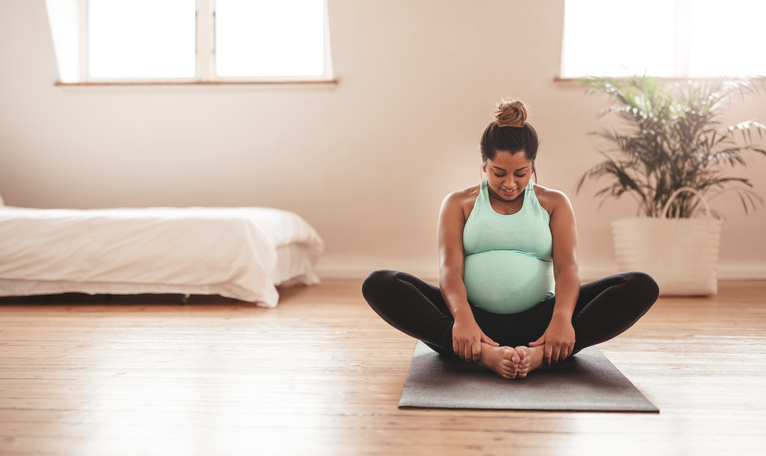10 best Exercises to Induce Labor naturally for Expecting Moms
Are you ready to meet your little one? These are some of the best natural exercises to induce labor. Here, you will find the top 10 Exercises to induce Labor and prepare your body for childbirth naturally. Safely kick-start the process with these expert-approved exercises.
Expecting mothers commonly search for natural and safe methods of inducing Labor. This post is interesting because it lists labor activities that induce Labor and explains their possible efficiency and method of action.

Why Consider Exercises to Induce Labor?
Considering exercises to induce Labor during late pregnancy can help prepare your body for the upcoming Labor and delivery. Physical exercises, particularly those targeting the pelvic floor and lower back, can help strengthen muscles needed for Labor.
Walking during late pregnancy is a simple and effective way to prepare your body for Labor and potentially help induce labor naturally. A randomized clinical trial found that physical exercise at term can positively impact Labor and delivery, reducing the likelihood of instrumental delivery.
By engaging in a Labor inducing workout routine, you may also increase the chances of a spontaneous onset of Labor and vaginal delivery. If you want to naturally induce Labor, consider exercising to induce Labor naturally around 37 weeks to help your body prepare for Labor.
Top 10 exercises to induce Labor
Exercises to induce Labor are often recommended for women in the late stages of pregnancy to prepare their bodies for the outcomes of Labor and delivery.
Walking
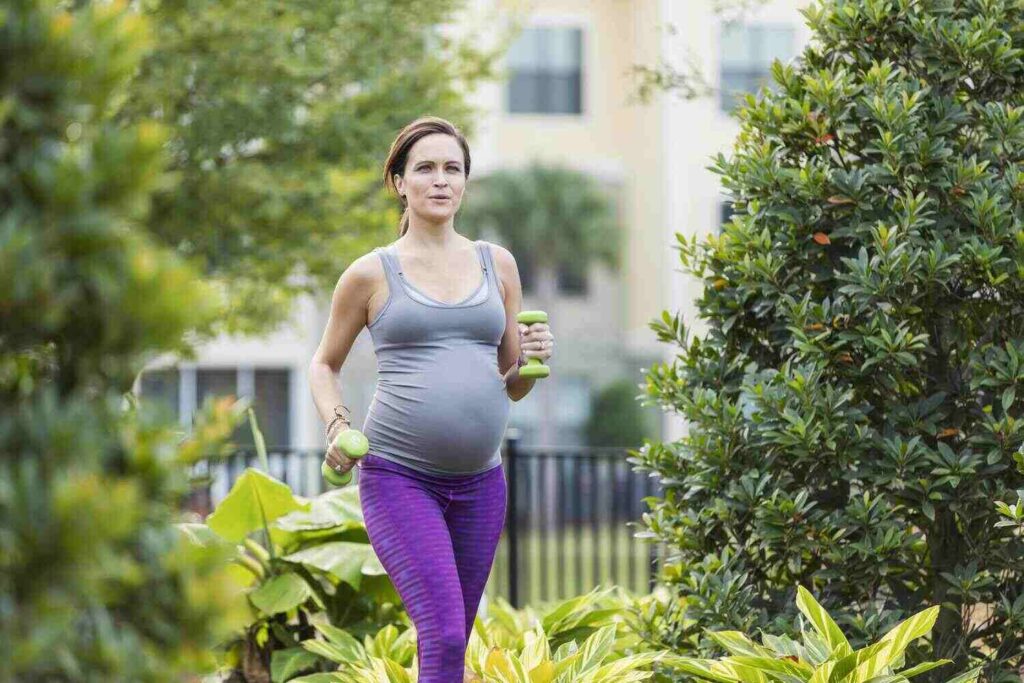
One of the most accessible and most efficient workouts to help induce Labor is walking. It causes contractions and uses gravity to help the baby slide into the uterus. Walking can help the baby progress into the proper position for birth by promoting mild movement.
Walking can also help reduce stress and anxiety, which is beneficial during childbirth. It is advised to take an energetic walk for thirty minutes each day, but remember to pay attention to your body and take rests as needed.
Squats

Because they build the legs and help open the pelvis, squats are a great way to prepare your body for birth. This workout improves flexibility and builds up the energy required for giving delivery. With your feet shoulder-width apart, squat by lowering your body slowly to the position of a chair.
Maintain a straight back and place your knees behind your toes. After a few seconds of holding the squat, carefully stand back up. This method can be repeated multiple times daily to help the baby fall into the pelvis.
Pelvic Tilts

Pelvic tilts are highly useful tools for helping the baby into the best position for delivery and reducing lower back pain. You can stand against a wall or do these tilts on your hands and knees. To do a pelvic tilt, slightly bend your back, tuck your pelvis beneath, and round your back. Do this movement multiple times.
Pelvic tilts can strengthen the abdominal muscles necessary during Labor and assist in correctly positioning the baby.
Lunges

Another helpful activity for starting Labor is the lunge. They facilitate the baby’s fall into the pelvis and aid in stretching the pelvic muscles. Step forward with one leg in a lunge, keeping your feet together as you do so.
Ensure your front knee is directly above the ankle as you lower your hips until both knees are bent at a ninety-degree angle. Return to the beginning position after holding this position for a short while. Continue with the opposite leg. Lunges facilitate the hips’ opening and the baby’s downward movement.
Birthing Ball Exercises
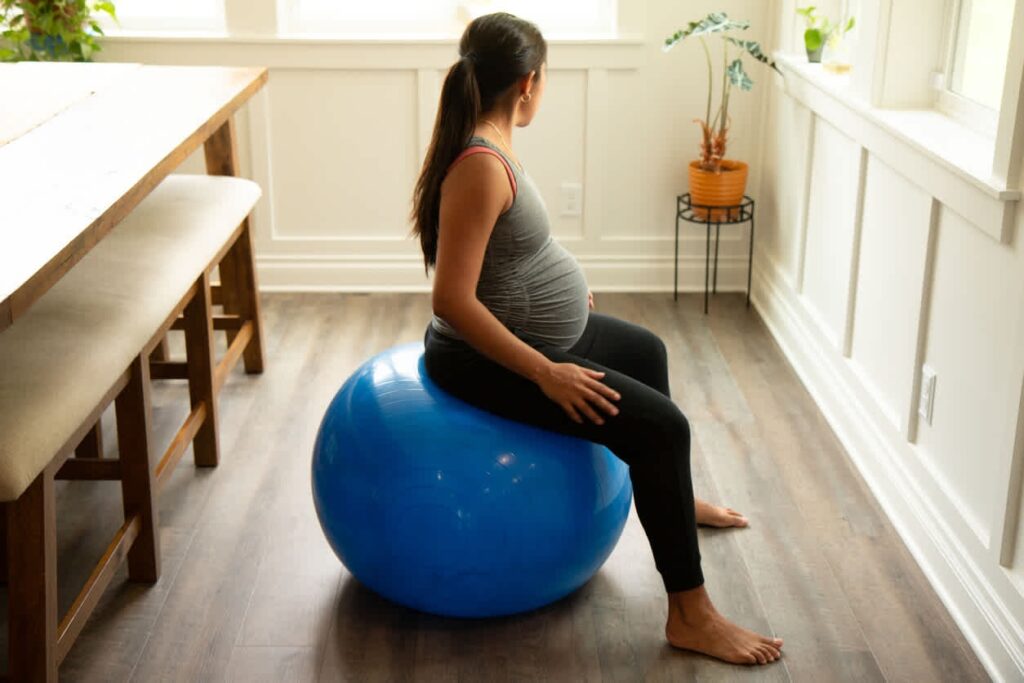
A birthing ball can be a beneficial tool for inducing Labor. The pelvis can be opened by sitting and softly jumping on the ball. You can also sit on the ball and move your hips in a circular motion. These exercises assist in strengthening the core muscles and ease lower back pain, as well as helping with proper baby positioning. Using a birthing ball for extended periods can improve your comfort and reduce the strain on your pelvis and back.
Prenatal Yoga

Prenatal yoga improves flexibility, strength, and mental focus by mixing physical practice with relaxing techniques. Certain positions, like the child’s pose and butterfly pose, might help the body prepare for birth by growing the hips and extending the muscles. Yoga helps lower tension and anxiety while fostering peace and health. Regular prenatal yoga can increase blood flow and flexibility, facilitating a more comfortable and painless birth.
climbing stairs

It is a cheap and effective method of inducing Labor. The baby is urged to descend, and this activity opens up the pelvis. Raising your legs can help guide the baby into an ideal birthing position when rising stairs. It also offers a mild cardio workout, which is good for general health. If you decide to climb stairs, maintain your balance by carefully holding onto the balcony railing.
Swimming

Swimming is an easy workout that keeps you moving and relieves stress from your body. The gravity of the water supports your weight, reducing the strain on your joints and muscles. Swimming helps improve circulation, muscle tone, and tolerance during childbirth. It offers an excellent means of relaxation and swelling management as well. Maintaining your fitness during late pregnancy can be enjoyable and successful when you do water aerobics or gentle swimming.
Hip Circles
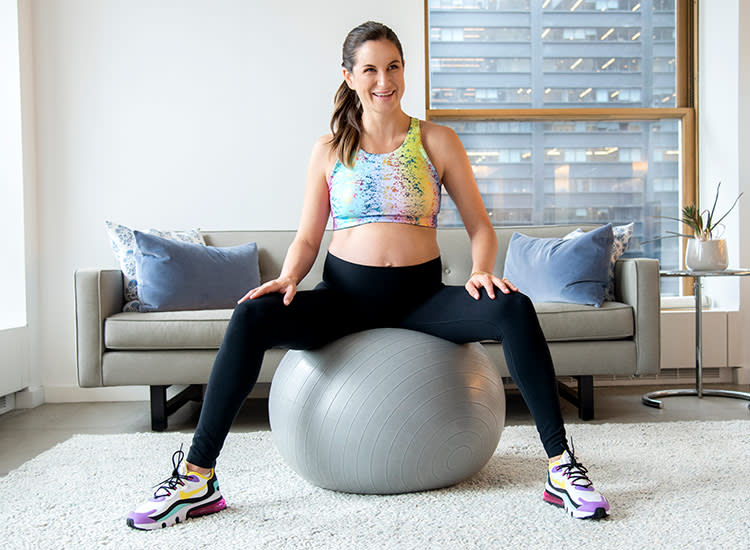
Hip circles may help the baby move into the ideal birthing position by opening the pelvis. They can be performed while sitting on a birthing ball or while standing. To do hip circles, circularly move your hips, one way at first, then the other. This technique facilitates easier Labor by releasing the pelvic joints and muscles. Hip circles also help reduce pain in the back and increase flexibility.
Butterfly Stretch

The butterfly stretch is an essential exercise that opens the hips and extends the inner thighs to prepare the pelvic region for Labor. Sit on the floor with your feet and knees bent to the sides to perform this stretch. Slowly press your knees toward the floor while using your hands to hold your feet.
After a few seconds of holding the stretch, release it. The butterfly stretch can help Labor go more smoothly and efficiently by increasing pelvic area flexibility.
These exercises are designed to prepare your body for Labor and help the baby get into the best position possible for birth. If you’re pregnant, always get advice from your healthcare professional before beginning a new fitness schedule.
Common Myths and Facts about Inducing Labour with Exercise
Exercising during pregnancy is often recommended to prepare your body for Labor and delivery. However, there are common myths and facts about labor induction with exercise. Many believe specific exercises can help start Labor or decrease labor pain. Still, the reality is that exercises are designed to help mama and baby get through the first stage of Labor more smoothly.
It’s important to note that while regular exercise throughout pregnancy can positively affect the outcomes of Labor, trying to induce Labor with late pregnancy exercise may not always work. The effect of walking during late pregnancy on the outcomes of Labor is still debated, with some studies showing a decrease in instrumental delivery rates while others show no significant difference.
Joint exercises to prepare your body for Labor and delivery include yoga, pelvic tilts, and Kegels. These exercises to induce labor are safe during pregnancy. A pregnancy workout plan that includes exercises to strengthen the pelvic floor and improve flexibility can also be beneficial. Staying active throughout pregnancy can help reduce the risks of complications and make the labor process smoother for both mama and baby.
While exercising during pregnancy is generally safe, it’s essential to consult your healthcare provider before starting any new workout routine.
Here you can also find the best and easiest pregnancy workout plan for each trimester for moms. These workout plans will help a pregnant woman stay active and feel low labor pain while giving birth to a child.
Tips to make Labor easier
Pregnant women should follow these tips to make their Labor easier. Here are some valuable tips for expecting mothers.
Stay Active During Pregnancy: Regular physical activities, like swimming, walking, and prenatal yoga, can help increase strength and endurance, which will help during Labor.
Practice Breathing Techniques: During stretches, deep breathing techniques may help you stay calm and control your pain.
Stay Hydrated and Eat Light: During Labor, you can maintain your energy levels by eating light, healthy snacks and drinking lots of water.
Use Relaxation Techniques: Reducing stress and anxiety by practicing techniques like representation, prayer, and listening to relaxing music.
Consider a Birth Partner: Having a friend or supportive partner during birth can offer physical and emotional support.
Utilize Different Labor Positions: Shifting to different positions—like kneeling, bending over, or using a birthing ball can increase and lessen labor pain.
Take Warm Baths or Showers: During Labor, warm water may help calm muscles and reduce pain.
Use a TENS Machine: A TENS (Transcutaneous Electrical Nerve Stimulation) unit can help lessen pain by applying electrical currents to the nerves.
Stay Positive and Focused: Your labor experience can be smoother by keeping a positive mentality and focusing on the final result—holding your baby’s hand.
Attend Childbirth Classes: A pregnancy-related guide can help you better prepare for and comfort yourself during Labor.
These are some tips that make labor easy for a pregnant woman. Exercises to induce labor are very beneficial for new expecting mothers.
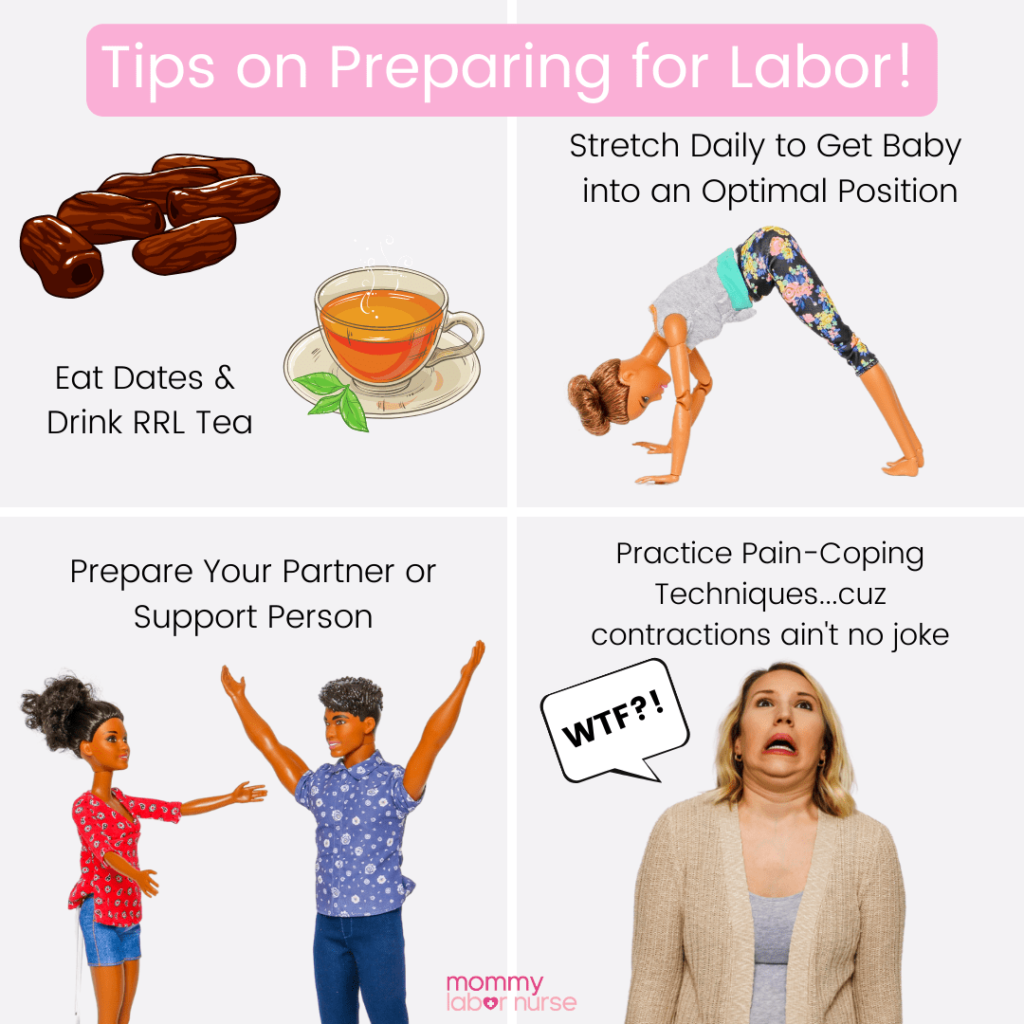
FAQs
When to Start These Exercises?
The ideal time to start these workouts is when you reach full term, around 37 weeks of pregnancy. Starting too early could lead to difficulties and failure.
How long to bounce on a ball to induce Labor?
One way to help induce Labor is to bounce on a birthing ball for 20 to 30 minutes several times daily. Always pay attention to your body; see your healthcare doctor for customized guidance.
How can I make Labor faster?
To speed up Labor, maintain your activity level by walking and lunging. You can also use deep breathing exercises as you relax.
Which exercise can induce Labor fast?
Squatting and walking are good workouts to help speed up Labor. They induce cramps, which allow the baby to fall into the tummy.
Conclusion
Exercises to induce Labor, like walking, squats, pelvic tilts, and prenatal training, can be helpful and successful in naturally inducing Labor. By building both flexibility and strength, these exercises assist the baby falling into the uterus and prepare your body for Labor.
To safeguard your safety and your child’s safety, always seek advice from a doctor before beginning any new fitness program. Staying active, praying, and thinking positively can all help the labor process go more quickly and smoothly.

